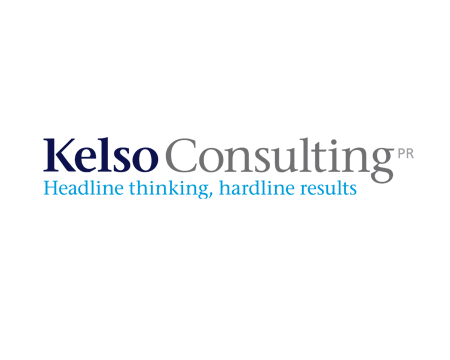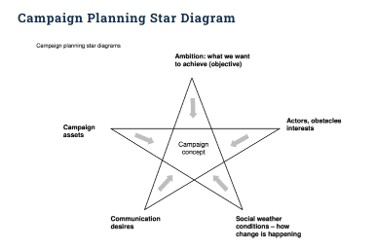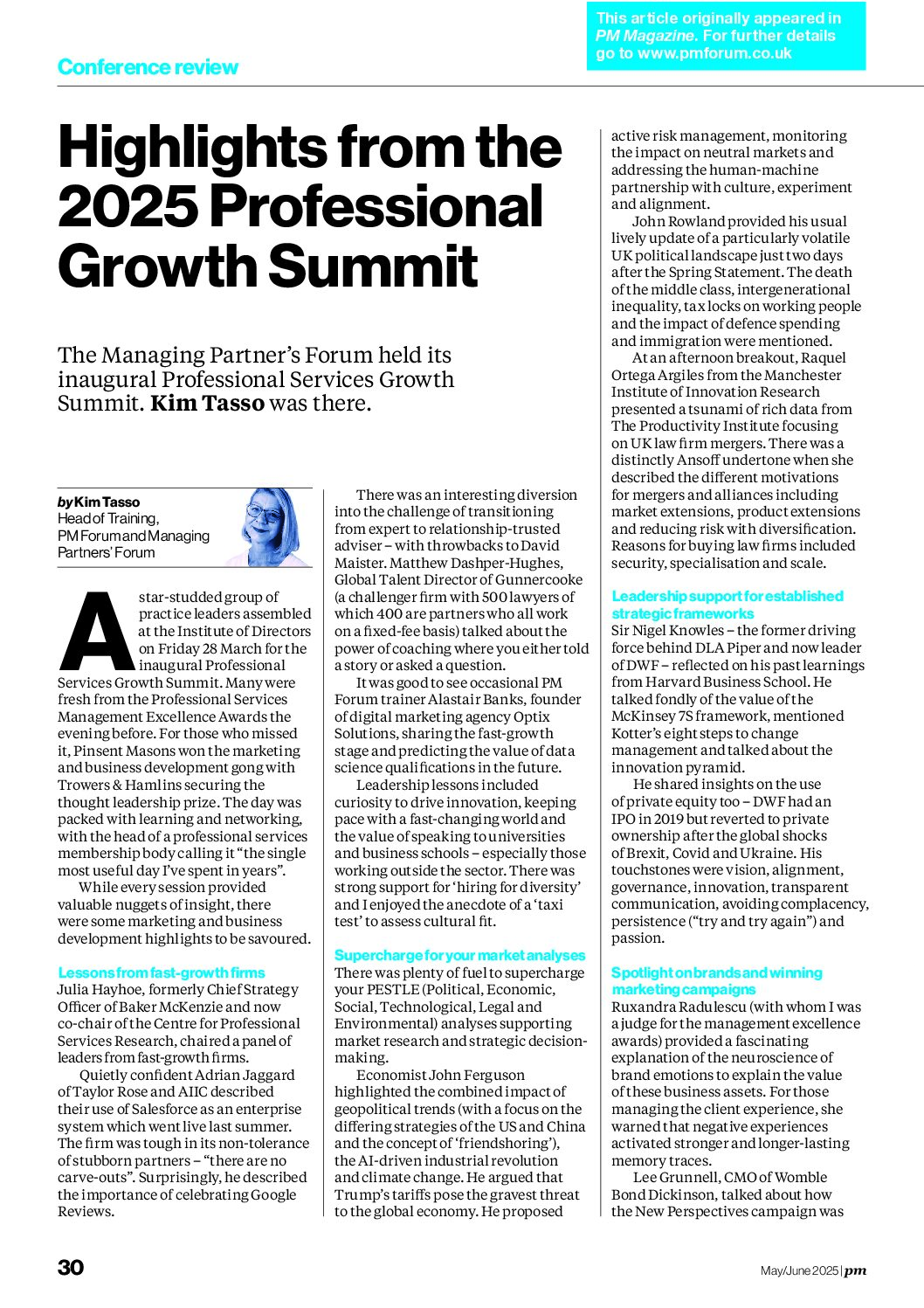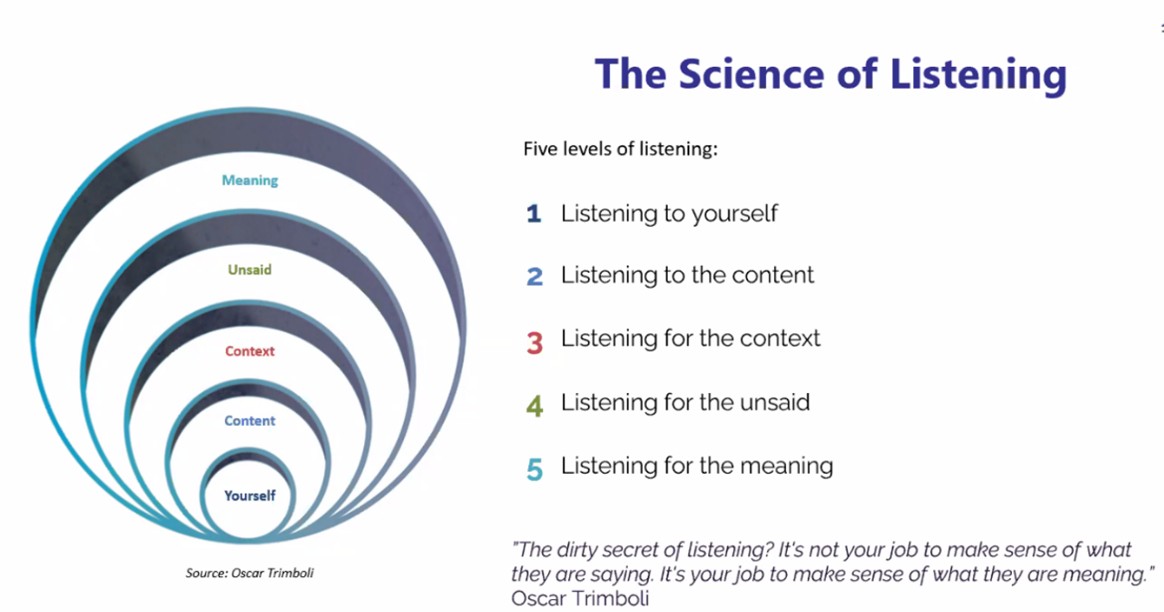
Last week I went along to one of the free lunchtime seminars by Kelso Consulting and enjoyed a good chat before the session started with some of the commercial lawyers who had gone along to learn about thought leadership.
What is thought leadership?
Tim Prizeman started by exploring the concept of thought leadership with definitions ranging from “innovative ideas from an entity – often through published articles on trends and topics influencing an industry” through the opinion leaders model of “influential members of a community group to whom others turn to for opinion, advice and reviews” and onto the curator model of “early adopters who pass on information”.
He distilled the key elements as:
- Original ideas
- With important implications
- Backed by evidence
- Clearly expressed
- Publically discussed
- That strongly influenced the opinions of others
The benefits are being recognised as a specialist and “getting people into a buying mood”. He mentioned the initial role of Booz Allen Hamilton and mentioned a few prominent thought leaders included Steve Jobs, Warren Buffet, Sigmund Freud and Adam Smith.
He then mentioned some of the key books and research studies within the professions that were considered to be good examples of thought leadership: Kingston Smith accountants’ Creative Industries Annual Financial Analysis, McKinsey Quarterly and Deloitte’s Football Club annual report benchmark. He also mentioned the BDO Fraud Tracker and the KPMG Fraud Barometer. (One of my favourites is the Taylor Wessing Global IP Index).
Components of a thought leadership campaign
He argued that the starting point was having something interesting to say – and therein lies the challenge! It was encouraging to hear that creative thought was more important than a hefty budget in this respect as the key was to identify important insights from analysis of internal or public information or new research.
As well as the more obvious media relations thrust, Tim talked about using roundtables and surveys to gather information and techniques to extrapolate models from experience. There were neat tips about using Freedom of Information requests, collaboration with industry associations and academic institutions as well as buying questions on omnibus surveys. There was another set of criteria provided for research: relevance, depth, validity, novelty, rigour, practicality and clarity.
He also stressed the importance of solid planning and project management of the execution. There were also ideas around using campaign codes in email promotions and on web landing pages so that interest (via traffic statistics) and response/enquiries could be measured.
The final discussion was about measuring and maximising the effectiveness of campaigns – although it was encouraging to hear that some firms found the approach so successful that it became the central element of all their marketing and business development activities.
Related blog posts:
http://kimtasso.com/thought-leadership-campaigns-the-basics
http://kimtasso.com/the-move-to-digital-pr-a-conversation-with-tim-prizeman-of-kelso-consulting
http://kimtasso.com/best-marketing-campaign-winner-managing-partners-forum-awards









